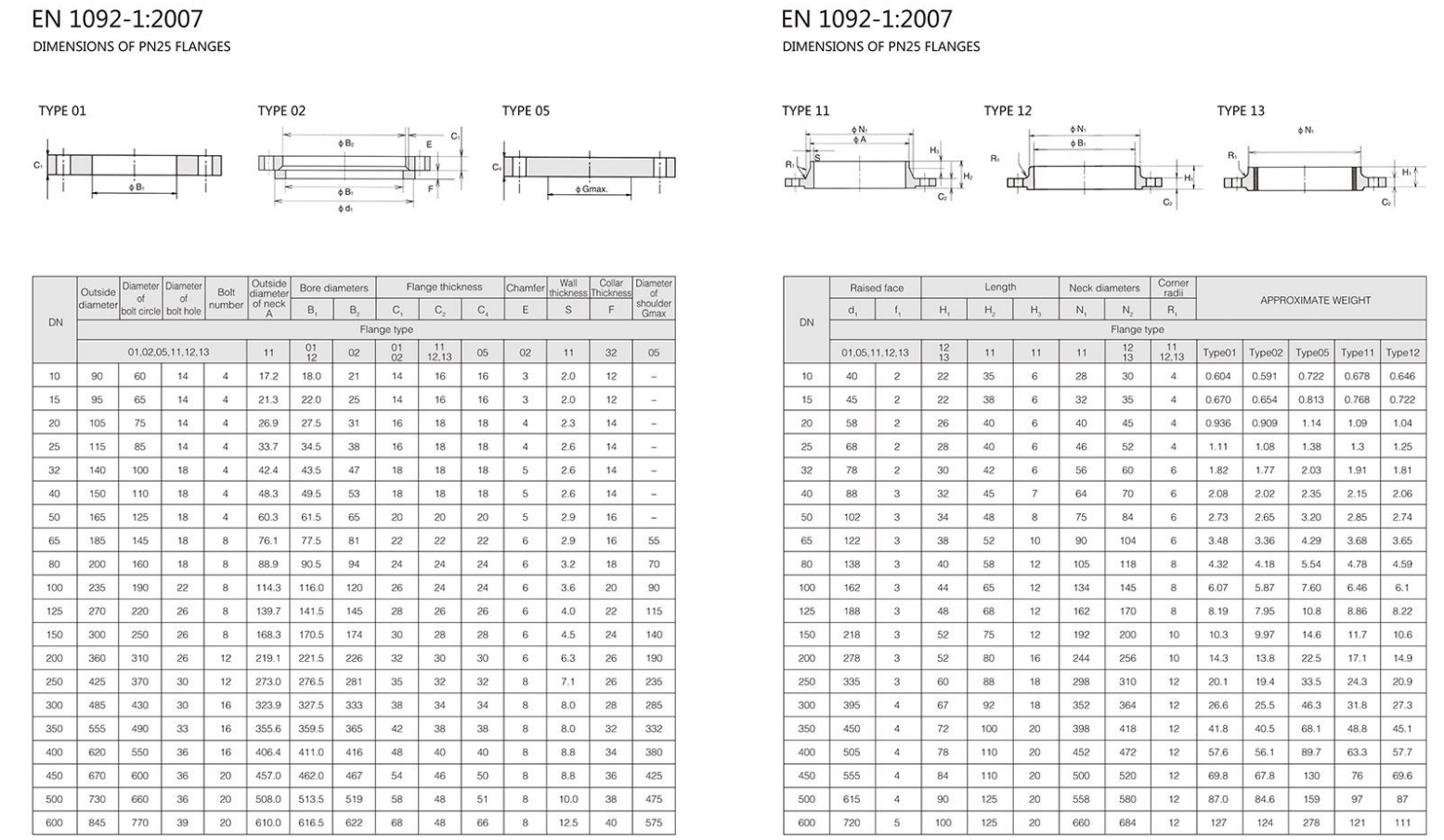-
Cangzhou Yulong Steel Co., Ltd.
-
Phone:
+86 13303177267 -
Email:
admin@ylsteelfittings.com
- English
- Arabic
- Italian
- Spanish
- Portuguese
- German
- kazakh
- Persian
- Greek
- French
- Russian
- Polish
- Thai
- Indonesian
- Vietnamese
- Zulu
- Korean
- Uzbek
- Hindi
- Serbian
- Malay
- Ukrainian
- Gujarati
- Haitian Creole
- hausa
- hawaiian
- Hebrew
- Miao
- Hungarian
- Icelandic
- igbo
- irish
- Japanese
- Javanese
- Kannada
- Khmer
- Rwandese
- Afrikaans
- Albanian
- Amharic
- Armenian
- Azerbaijani
- Basque
- Belarusian
- Bengali
- Bosnian
- Bulgarian
- Catalan
- Cebuano
- China
- China (Taiwan)
- Corsican
- Croatian
- Czech
- Danish
- Esperanto
- Estonian
- Finnish
- Frisian
- Galician
- Georgian
- Kurdish
- Kyrgyz
- Lao
- Latin
- Latvian
- Lithuanian
- Luxembourgish
- Macedonian
- Malgashi
- Malayalam
- Maltese
- Maori
- Marathi
- Mongolian
- Myanmar
- Nepali
- Norwegian
- Norwegian
- Occitan
- Pashto
- Dutch
- Punjabi
- Romanian
- Samoan
- Scottish Gaelic
- Sesotho
- Shona
- Sindhi
- Sinhala
- Slovak
- Slovenian
- Somali
- Sundanese
- Swahili
- Swedish
- Tagalog
- Tajik
- Tamil
- Tatar
- Telugu
- Turkish
- Turkmen
- Urdu
- Uighur
- Welsh
- Bantu
- Yiddish
- Yoruba

Nov . 03, 2024 15:41 Back to list
class flange
Understanding Class Flange A Key Component in Piping Systems
Flanges are critical components in piping systems, serving as joints that allow for the secure connection of two pieces of pipe or other equipment. Among various types of flanges, the classification into different classes plays an essential role in determining their application, pressure ratings, and overall performance. In this article, we will delve into what class flanges are, their significance, and their applications.
What is a Class Flange?
Class flanges are categorized based on their pressure-temperature ratings, which indicate how much pressure the flange can withstand before it fails. The classification system includes various standards, such as ASME (American Society of Mechanical Engineers) and ANSI (American National Standards Institute). These standards help in ensuring that flanges can operate safely under specific temperature and pressure conditions.
For instance, a flange classified as Class 150 is designed to work at pressures up to 150 PSI (pounds per square inch) at temperatures up to 100°F. Conversely, a Class 300 flange can handle pressures up to 300 PSI under similar temperature conditions. Generally, as the class number increases, the strength and pressure rating of the flange also increase.
Importance of Class Flange
Understanding the class of a flange is crucial for engineers and maintenance professionals when designing piping systems. The choice of the right flange class affects both safety and efficiency. Using a flange that cannot withstand the required pressure can result in leaks, failures, or even catastrophic incidents. Conversely, over-specifying a flange with a higher class than necessary can lead to increased costs and unnecessary complexity in the system.
class flange

The materials chosen for class flanges also vary according to their intended application
. Common materials include carbon steel, stainless steel, and alloy steels, each suited to particular environmental conditions, such as corrosion resistance and temperature stability.Applications
Class flanges find applications in numerous industries, including oil and gas, water treatment, chemical processing, and power generation. For example, in the oil and gas industry, Class 150 and Class 300 flanges are often used to connect pipelines for transporting crude oil and natural gas. In chemical processing, higher-class flanges are essential to handle corrosive substances safely.
Moreover, in power generation, where steam and other high-pressure fluids are involved, the use of Class 600 flanges or even higher ratings is common. These applications underscore the importance of selecting the correct flange class to ensure operational safety and efficiency.
Conclusion
In summary, class flanges are indispensable components in various industries, impacting the performance and safety of piping systems. Understanding their classification, material properties, and appropriate applications allows engineers and technicians to make informed decisions, ensuring the integrity and reliability of their systems. As technology advances and industries evolve, the significance of selecting the right class flange will undoubtedly continue to grow, making it a fundamental aspect of piping design and maintenance.
Latest news
-
ANSI 150P SS304 SO FLANGE
NewsFeb.14,2025
-
ASTM A333GR6 STEEL PIPE
NewsJan.20,2025
-
ANSI B16.5 WELDING NECK FLANGE
NewsJan.15,2026
-
ANSI B16.5 SLIP-ON FLANGE
NewsApr.19,2024
-
SABS 1123 FLANGE
NewsJan.15,2025
-
DIN86044 PLATE FLANGE
NewsApr.19,2024
-
DIN2527 BLIND FLANGE
NewsApr.12,2024
-
JIS B2311 Butt-Welding Fittings LR/SR 45°/90° /180°Seamless/Weld
NewsApr.23,2024











